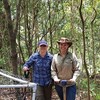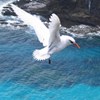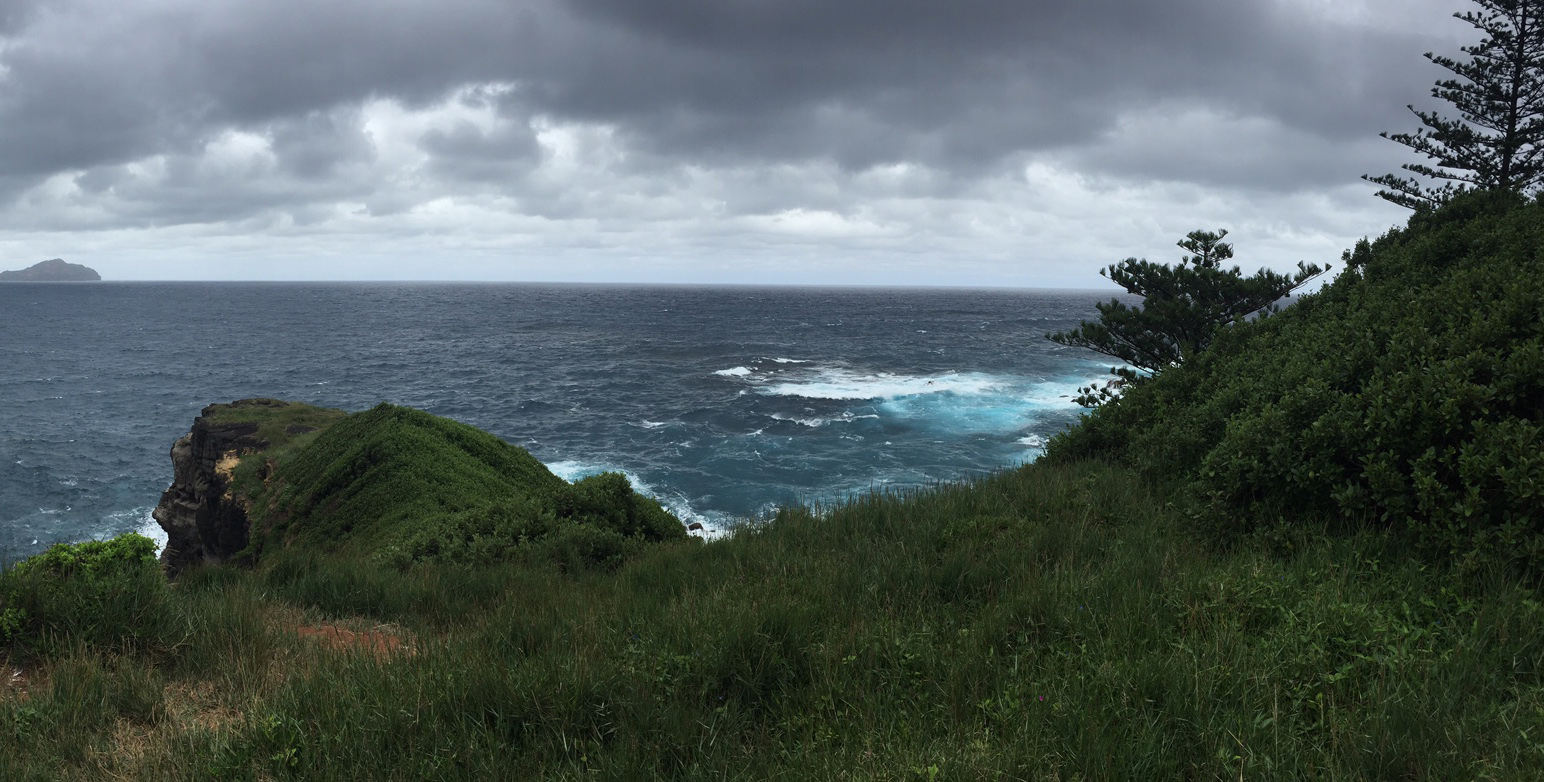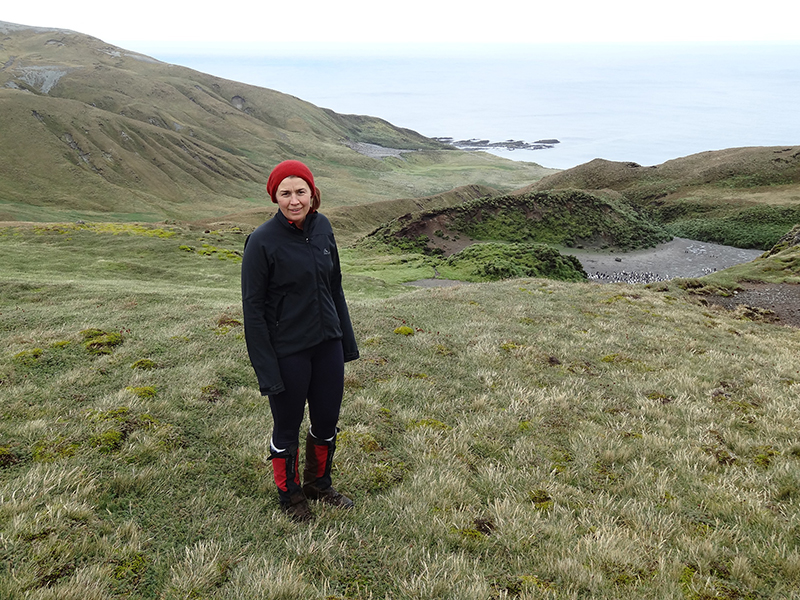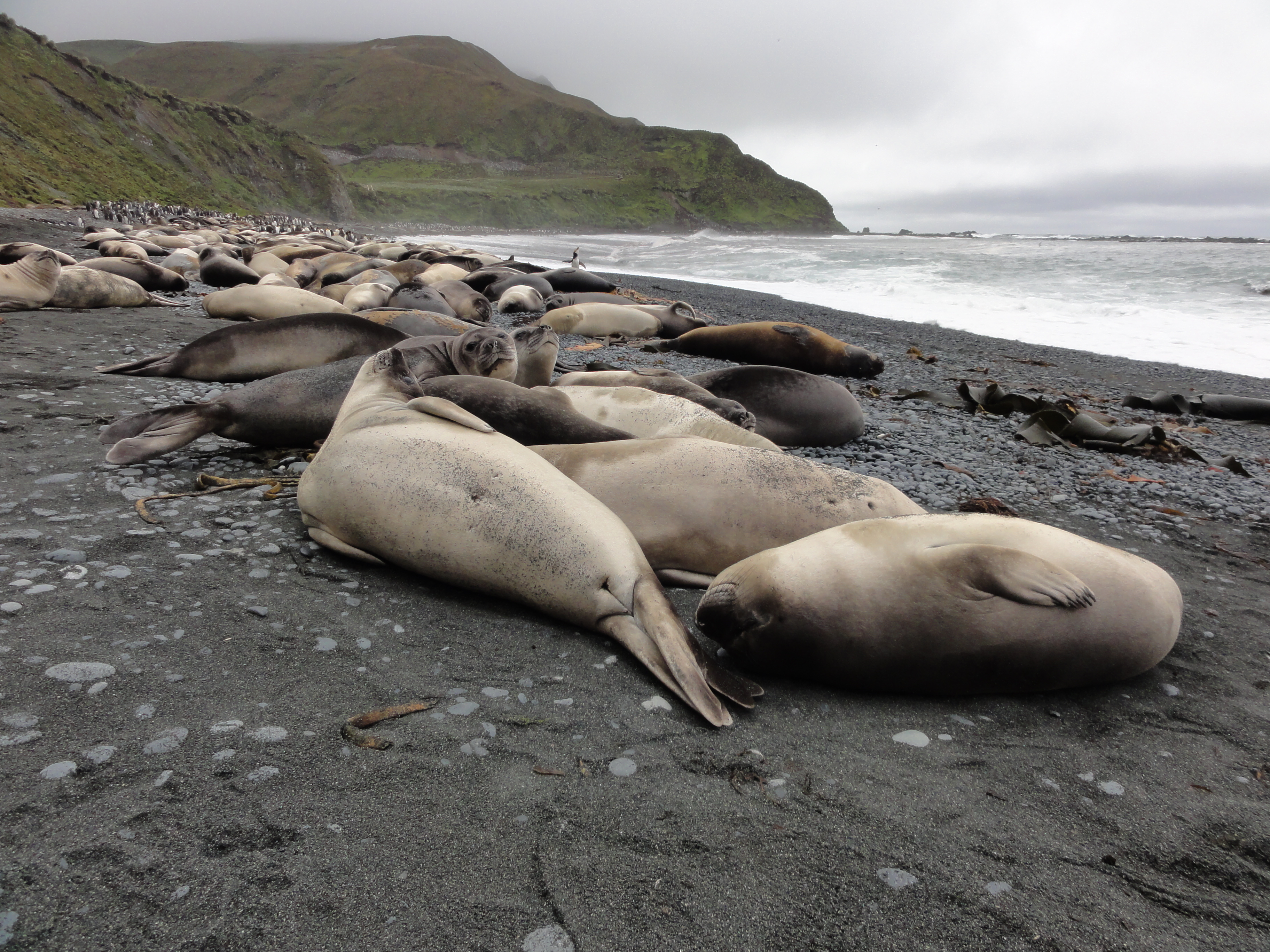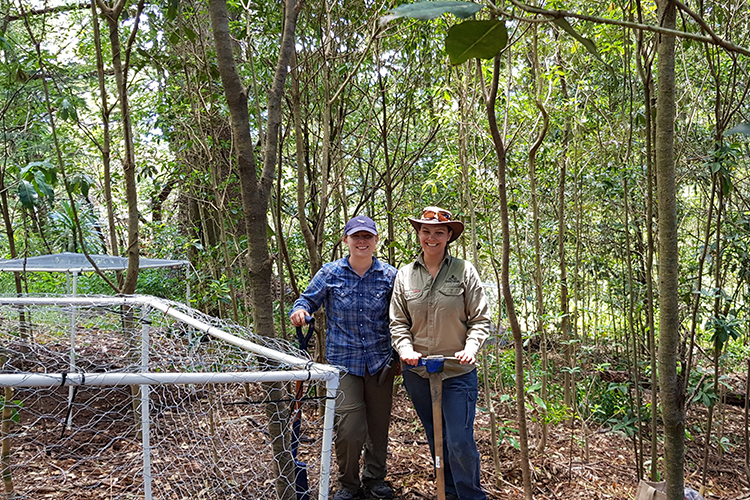
Norfolk Island’s threatened flora
Wednesday, 05 June 2019The native forest on Norfolk Island provides vital habitat for the island’s threatened plant and bird species, many of which are found nowhere else on the planet (also called endemic). When the British colonised Norfolk Island in 1788, they cleared much of the original vegetation. Remaining forest is now protected in the national park and reserves, but plant recruitment is poor and invasive non-native plant species would likely overtake the forest without the on-going efforts of park managers. To preserve remaining forest, it is important to determine the main causes of declines and the most effective actions that managers can take to address these threats and restore native vegetation. Project Leader Salit Kark and PhD student Leah Dann of The University of Queensland discuss this collaborative project working to protect the island’s endemic and threatened species.
Norfolk Island’s native forest faces threats that are common to the flora of many islands, including invasive non-native plant and animal species. Norfolk Island’s pest species include strawberry guava, black rats, house mice and feral fowl. These invasive species may be playing an important role in preventing native forest plants from recruiting and establishing: the guava by outcompeting native plants for space, light, water and nutrients; the rodents by eating native plant seeds; and the feral fowl by constantly disturbing the soil and litter while they forage and build nests, which we believe decreases seedling survival. 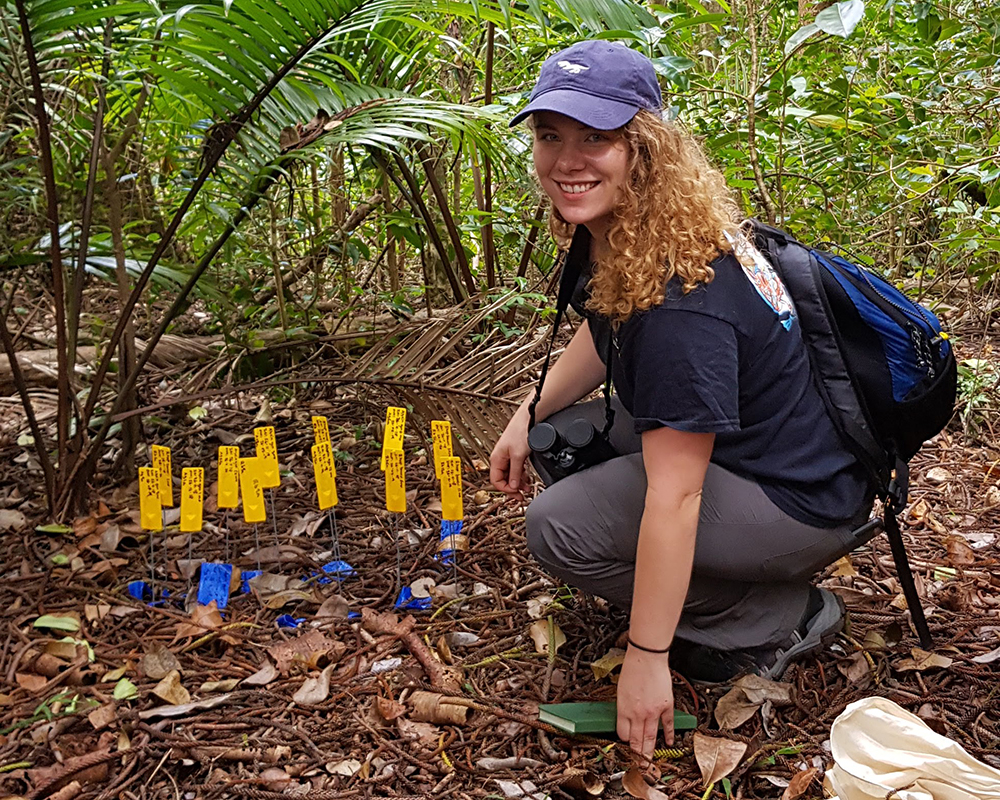
Leah Dann from The University of Queensland pulling up seed bags for viability testing. Image: Lydia Guja
Measuring threats
To measure the effects of rodents and birds on seed and seedling survival, we are comparing seedling establishment and seed take within various types of exclosures that protect seeds and seedlings from both rodents and birds, birds only or from no vertebrates at all.
We are also comparing areas where the invasive guava has not been removed and areas where it has been managed at different time points during the past 20 years. This will allow us to determine the influence of guava and its removal on native plant recruitment, forest health and forest composition (which species are present and their relative abundance). Collectively this research will provide valuable information about how invasive plant and animal species
are impacting native plant recruitment.
Norfolk Island currently has 41 threatened endemic plant species, and little data is available about their biology and ecology. This project will help fill these knowledge gaps by compiling information about the seed viability and longevity of these threatened plant species, as well as gathering information about plant–animal interactions. We will also analyse patterns of native and invasive vegetation cover over time and space. This will serve to further investigate the drivers of forest change.
Gaining an understanding of the impacts of key threats and management actions will be vital to creating an effective strategy for monitoring, managing, and restoring native forest to prevent the extinction of endemic plant and bird species. 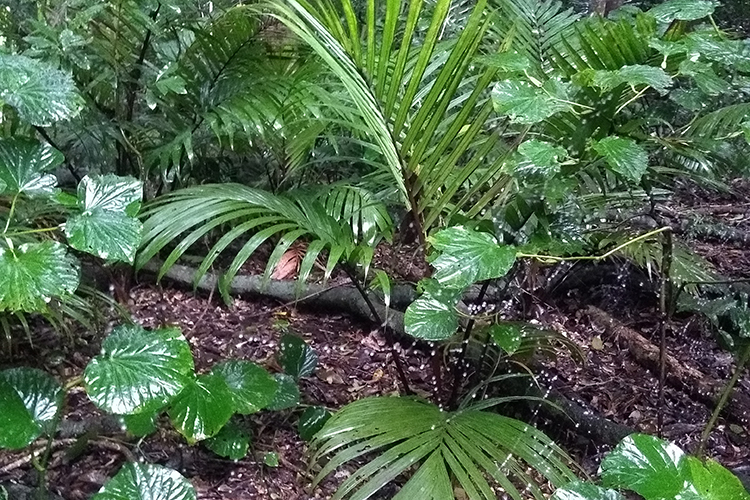
Norfolk Island native forest. Image: Leah Dann
Collaboration is critical for successful conservation
This Threatened Species Recovery Hub project is a collaboration between The University of Queensland, Parks Australia, Norfolk Island National Park and the Australian National Botanic Gardens, who have been working tirelessly to save threatened species not only on Norfolk Island, but across Australia. Local people on Norfolk Island have a great deal of knowledge about the flora and fauna present on the island and passion to conserve this highly endemic and unique system.
They have provided immense contributions to our understanding of the ecosystem.
Ecosystem conservation is a difficult task. By integrating scientific research and community engagement, and implementing practical management and restoration strategies we will be in the best position to successfully conserve the unique species of Norfolk Island.
For further information
Leah Dann - l.dann@uq.edu.au
Top image: Lydia Guja from the Australian National Botanic Gardens and Leah Dann setting up exclosure plots. Image: Dianne Deans
